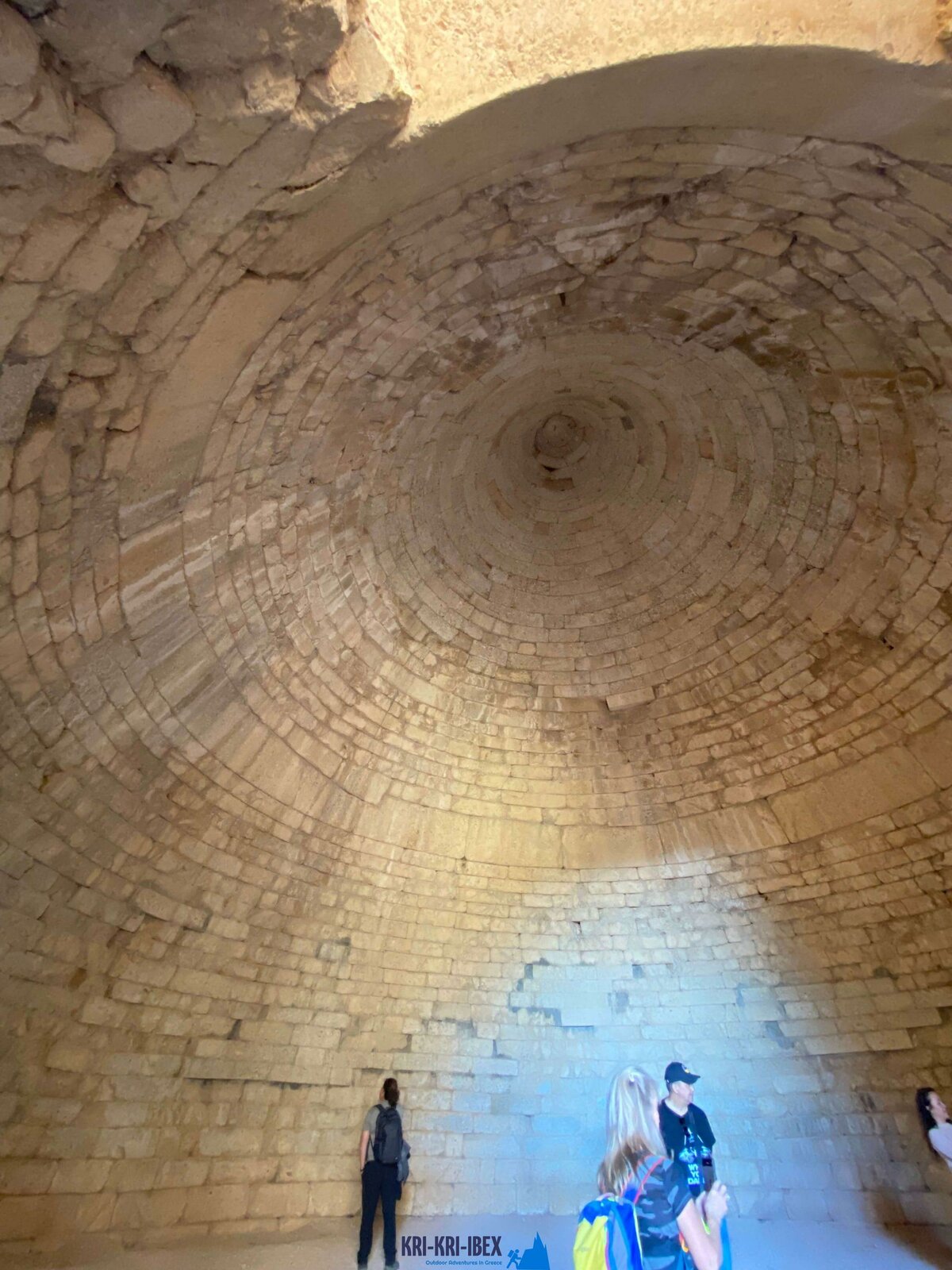Hunting for Kri Kri ibex, fishing and also complimentary diving on Sapientza island, Greece
Hunting for Kri Kri ibex, fishing and also complimentary diving on Sapientza island, Greece
Blog Article

They say that the Peloponnese peninsula is the "genuine" Greece. As well as we state, if you're seeking a memorable journey, our hunting and exploring Peloponnese trip from Methoni is the best method to experience all that this stunning country has to provide.

Hunting the kri kri ibex in Greece can be a tough task. Searching huge game in Greece is hard for international seekers. Swine and roe deer are the sole option for neighborhood seekers besides the kri kri ibex, which is only pursued in very carefully safeguarded unique hunting territories such as certain islands. The Kri Kri Ibex as well as mouflon can only be shot on special hunting locations from morning till noon, according to Greek law. Slugs are the only ammo permitted. You must reserve at the very least a year beforehand for a permit. To ensure that just serious seekers are allowed on these journeys, the Greek Ministry of Nature as well as Agriculture concerns licenses. To make sure that the federal government concerns a specific number of licenses annually.
What to Expect on a Peloponnese Tour? You can expect to be blown away by the all-natural beauty of the location when you reserve one of our searching as well as visiting Peloponnese Tours from Methoni. From the excellent beaches to the mountains and also woodlands, there is something for everyone to appreciate in the Peloponnese. In addition, you will have the possibility to taste several of the best food that Greece needs to supply. Greek food is renowned for being delicious and fresh, and you will absolutely not be dissatisfied. One of the most effective components concerning our tours is that they are created to be both enjoyable and instructional. You will certainly learn about Greek history as well as culture while additionally getting to experience it firsthand. This is an outstanding opportunity to submerse on your own in everything that Greece needs to supply.
Experience 'Real' Greece with Our Peloponnese Tours. Look no better than our Peloponnese scenic tours if you're looking for an authentic Greek experience. From ancient ruins and also castles to scrumptious food and also a glass of wine, we'll reveal you whatever that this incredible region needs to provide. So what are you waiting for? Schedule your trip today! Your Kri Kri ibex hunting in Greece is below!
What is the diference between Kri Kri ibex, Bezoar ibex and hybrid ibex
The kri-kri is not thought to be indigenous to Crete, most likely having been imported to the island during the time of the Minoan civilization. Nevertheless, it is found nowhere else and is therefore endemic to Crete. It was common throughout the Aegean but the peaks of the 8,000 ft (2,400 m) White Mountains of Western Crete are their last strongholds–particularly a series of almost vertical 3,000 ft (900 m) cliffs called ‘the Untrodden’—at the head of the Samaria Gorge. This mountain range, which hosts another 14 endemic animal species, is protected as a UNESCO Biosphere Reserve. In total, their range extends to the White Mountains, the Samaria National Forest and the islets of Dia, Thodorou, and Agii Pandes.
This Ibex is NOT a diminutive form of the Bezoar Ibex, which has migrated into the western-most reach of the range of this species. The kri – kri (Capra aegagrus cretica), sometimes called the Cretan goat, Agrimi, or Cretan Ibex, is a feral goat inhabiting the Eastern Mediterranean, previously considered a subspecies of wild goat. The kri-kri has a light brownish coat with a darker band around its neck. It has two horns that sweep back from the head. In the wild they are shy and avoid tourists, resting during the day. The animal can leap some distance or climb seemingly sheer cliffs.
“The agrimi goat Capra aegagrus cretica is unique to Crete and its offshore islands. It has been identi®ed as a sub-species of the wild bezoar goat Capra aegagrus aegagrus Erxleben, 1777, which it closely resembles in horn shape, body form and coloration. This classi®cation has been disputed by some researchers who claim that the agrimi are feral goats, derived from early domestic stock brought to the island by the ®rst Neolithic settlers. In order to clarify this issue, DNA analyses (cytochrome b and D loop sequences) were carried out on tissue of live and skeletonized agrimi and compared to sequences of wild and domestic caprines. Results conclusively show the agrimi to be a feral animal, that clades with domestic goats (Capra hircus) rather than with wild Asiatic bezoar. This study demonstrates that morphometric criteria do not necessarily re¯ect genetic af®nities, and that the taxonomic classi®cation of agrimi should be revised.”
Report this page